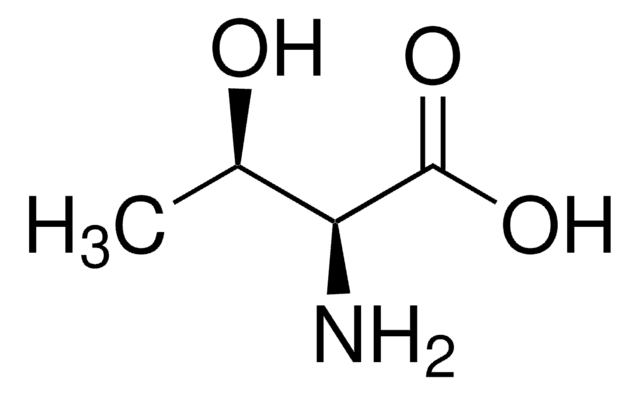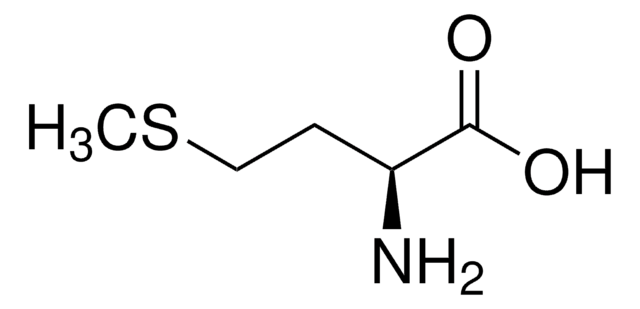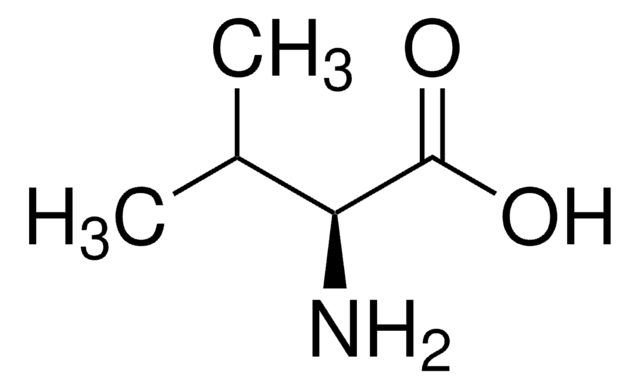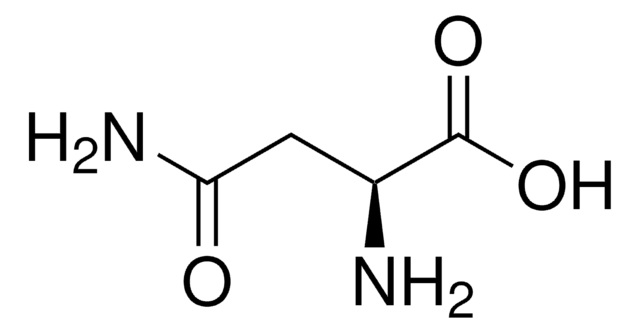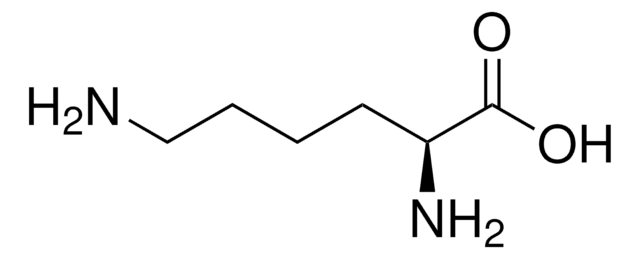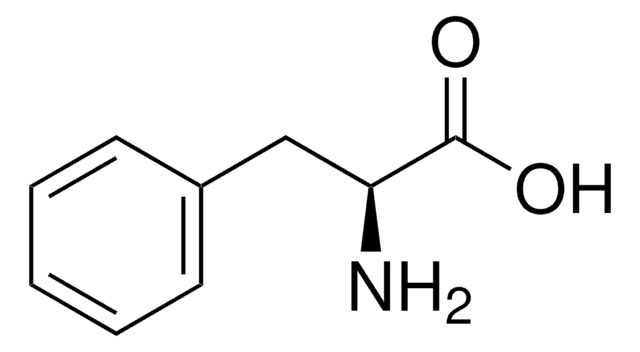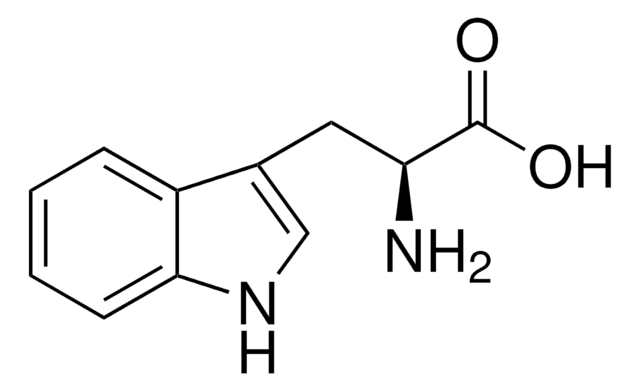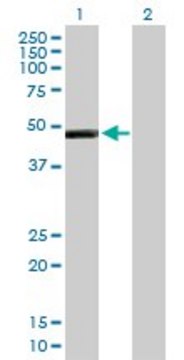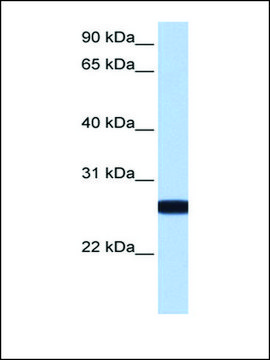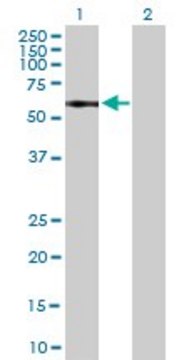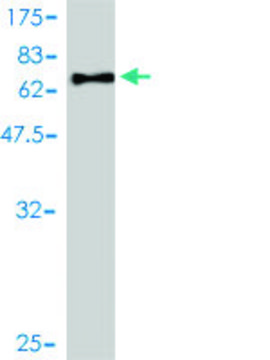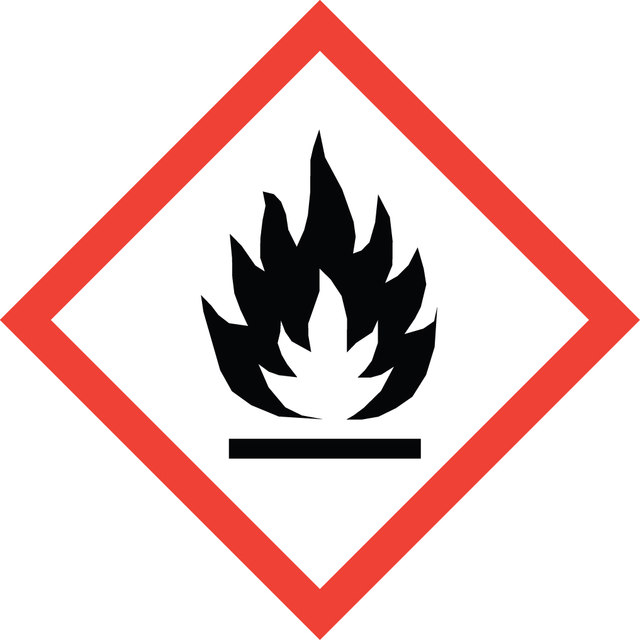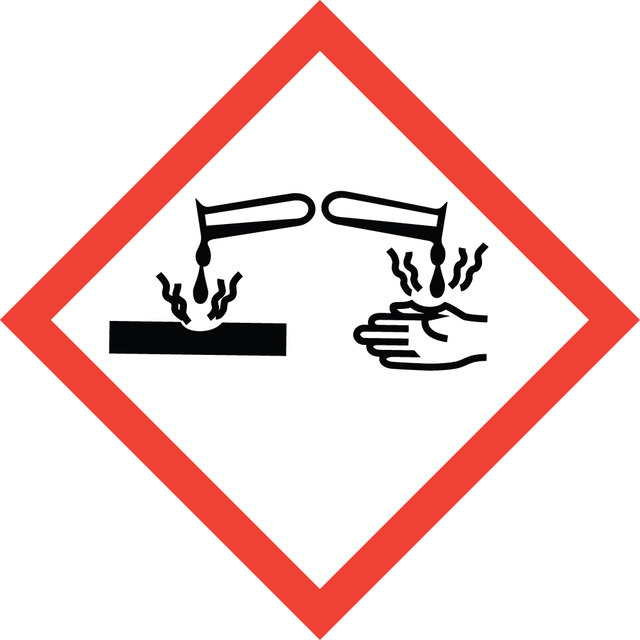D65658
Dichloromethyl methyl ether
98%
Synonym(s):
α,α−Dichloromethyl methyl ether, 1,1-Dichlorodimethyl ether
Select a Size
Select a Size
About This Item
Recommended Products
Quality Level
Assay
98%
form
liquid
refractive index
n20/D 1.431 (lit.)
bp
85 °C (lit.)
density
1.271 g/mL at 25 °C (lit.)
storage temp.
2-8°C
SMILES string
COC(Cl)Cl
InChI
1S/C2H4Cl2O/c1-5-2(3)4/h2H,1H3
InChI key
GRTGGSXWHGKRSB-UHFFFAOYSA-N
Looking for similar products? Visit Product Comparison Guide
Related Categories
1 of 4
This Item | AV53557 | SAB1406030 | WH0003597M1 |
|---|---|---|---|
| Quality Level 100 | Quality Level 100 | Quality Level 100 | Quality Level 100 |
| conjugate unconjugated | conjugate unconjugated | conjugate unconjugated | conjugate unconjugated |
| biological source mouse | biological source rabbit | biological source mouse | biological source mouse |
| antibody form purified immunoglobulin | antibody form affinity isolated antibody | antibody form purified immunoglobulin | antibody form purified immunoglobulin |
| technique(s) flow cytometry: suitable, western blot: 1 μg/mL | technique(s) western blot: suitable | technique(s) flow cytometry: suitable, western blot: 1 μg/mL | technique(s) indirect ELISA: suitable, western blot: 1-5 μg/mL |
| Gene Information human ... IL13RA2(3598) | Gene Information human ... IL13RA2(3598) | Gene Information human ... IL13RA1(3597) | Gene Information human ... IL13RA1(3597) |
Signal Word
Danger
Hazard Statements
Precautionary Statements
Hazard Classifications
Acute Tox. 4 Inhalation - Acute Tox. 4 Oral - Eye Dam. 1 - Flam. Liq. 3 - Skin Corr. 1B - STOT SE 3
Target Organs
Respiratory system
Storage Class Code
3 - Flammable liquids
WGK
WGK 3
Flash Point(F)
107.6 °F - closed cup
Flash Point(C)
42 °C - closed cup
Personal Protective Equipment
Choose from one of the most recent versions:
Certificates of Analysis (COA)
Don't see the Right Version?
If you require a particular version, you can look up a specific certificate by the Lot or Batch number.
Already Own This Product?
Find documentation for the products that you have recently purchased in the Document Library.
Customers Also Viewed
Our team of scientists has experience in all areas of research including Life Science, Material Science, Chemical Synthesis, Chromatography, Analytical and many others.
Contact Technical Service

